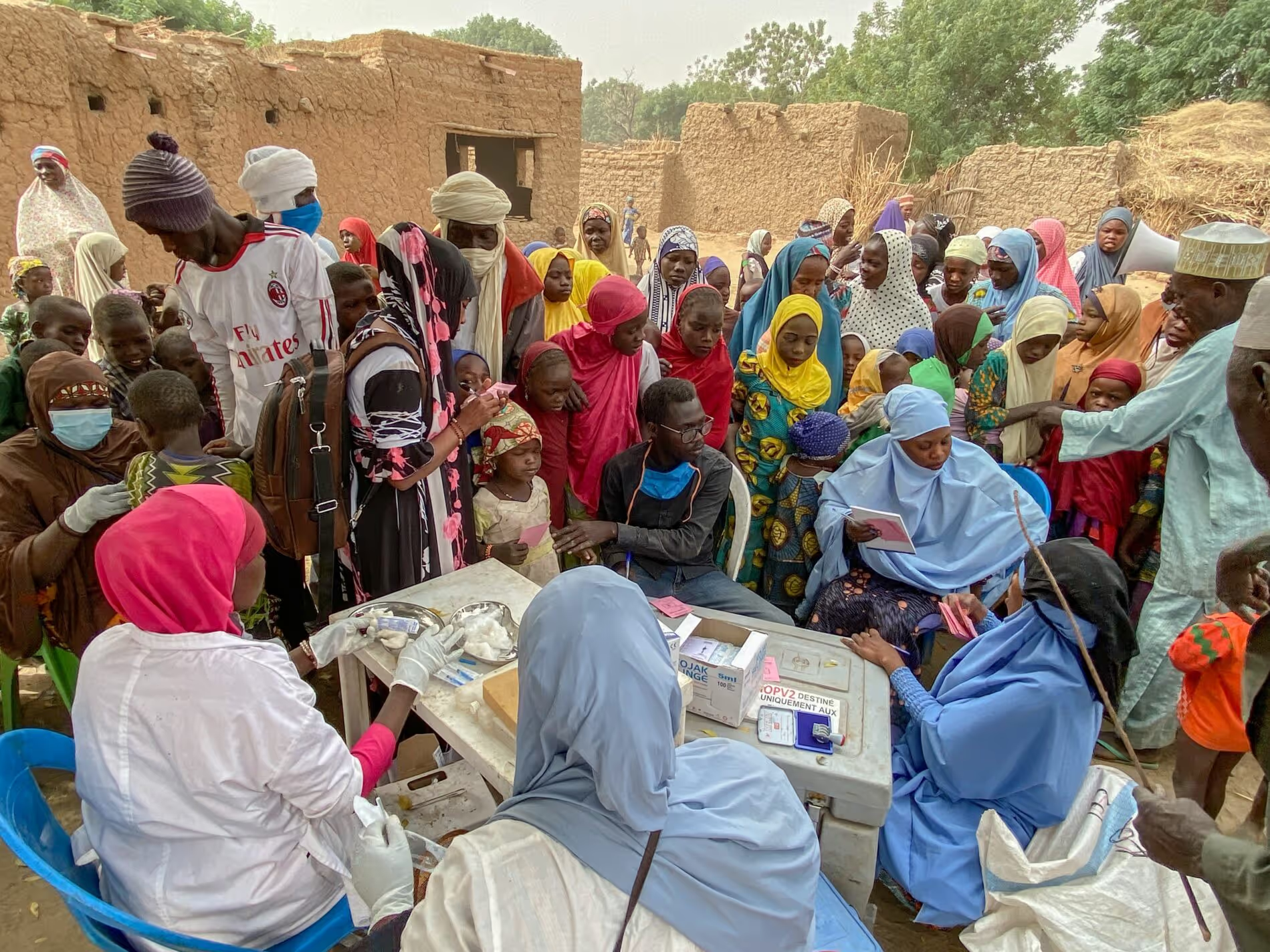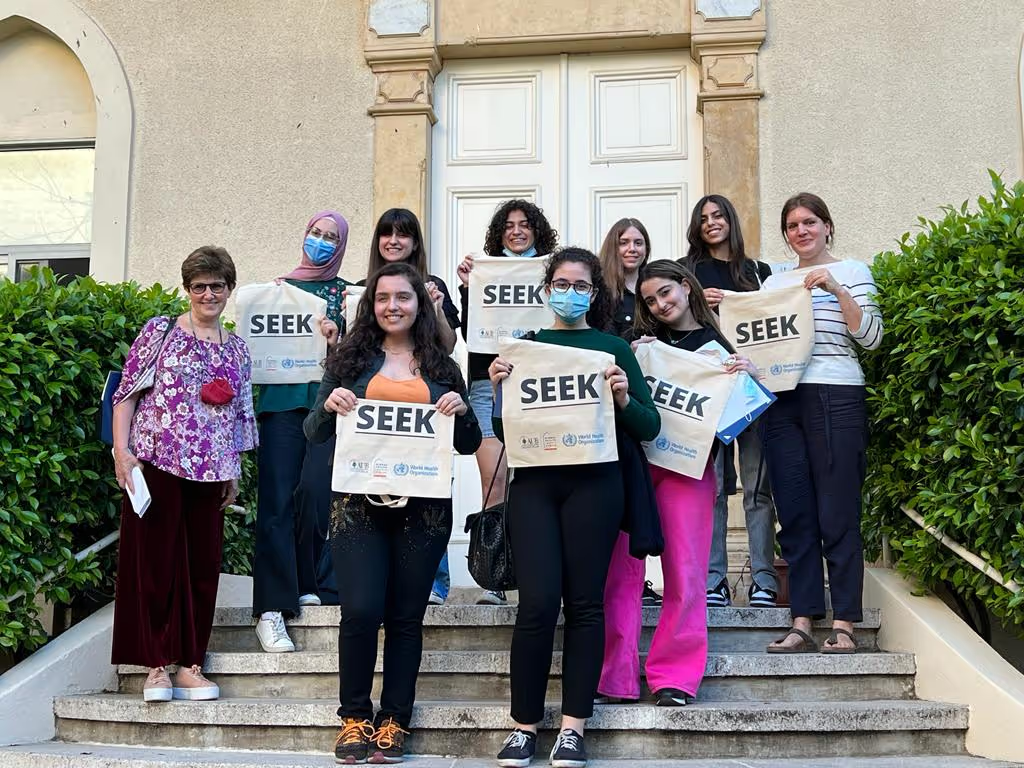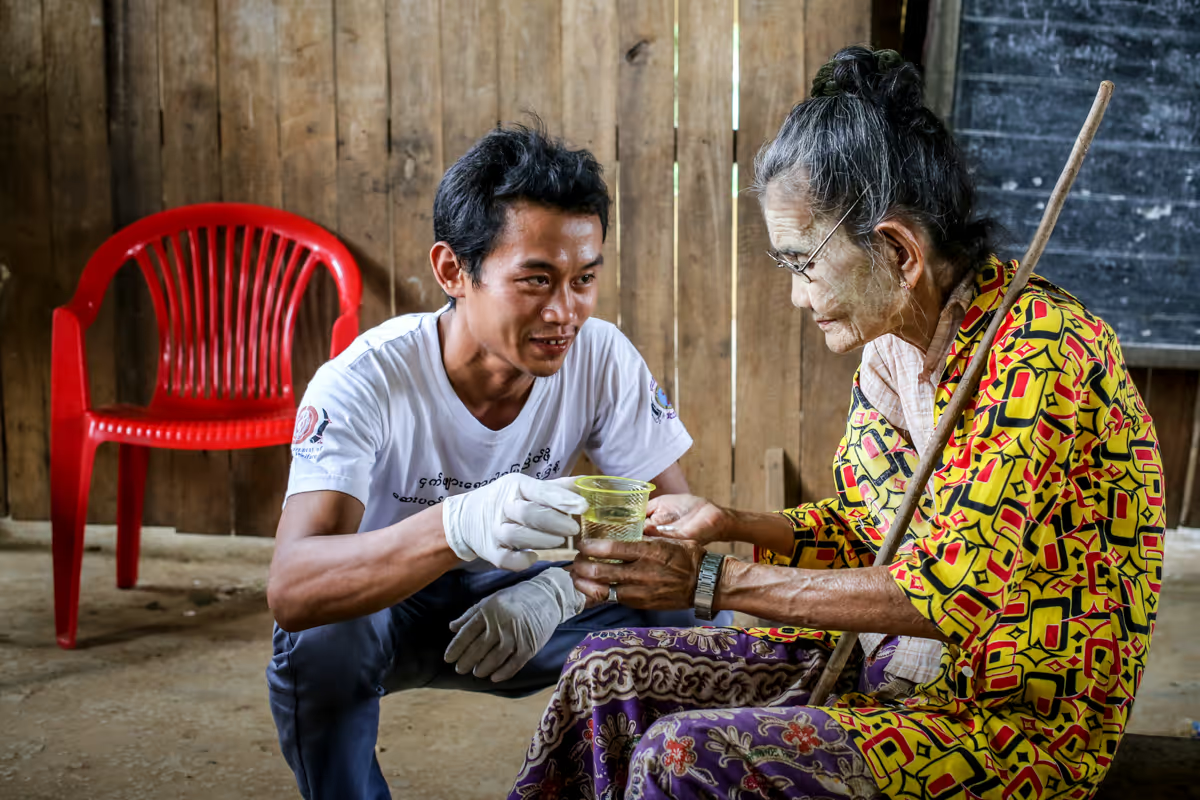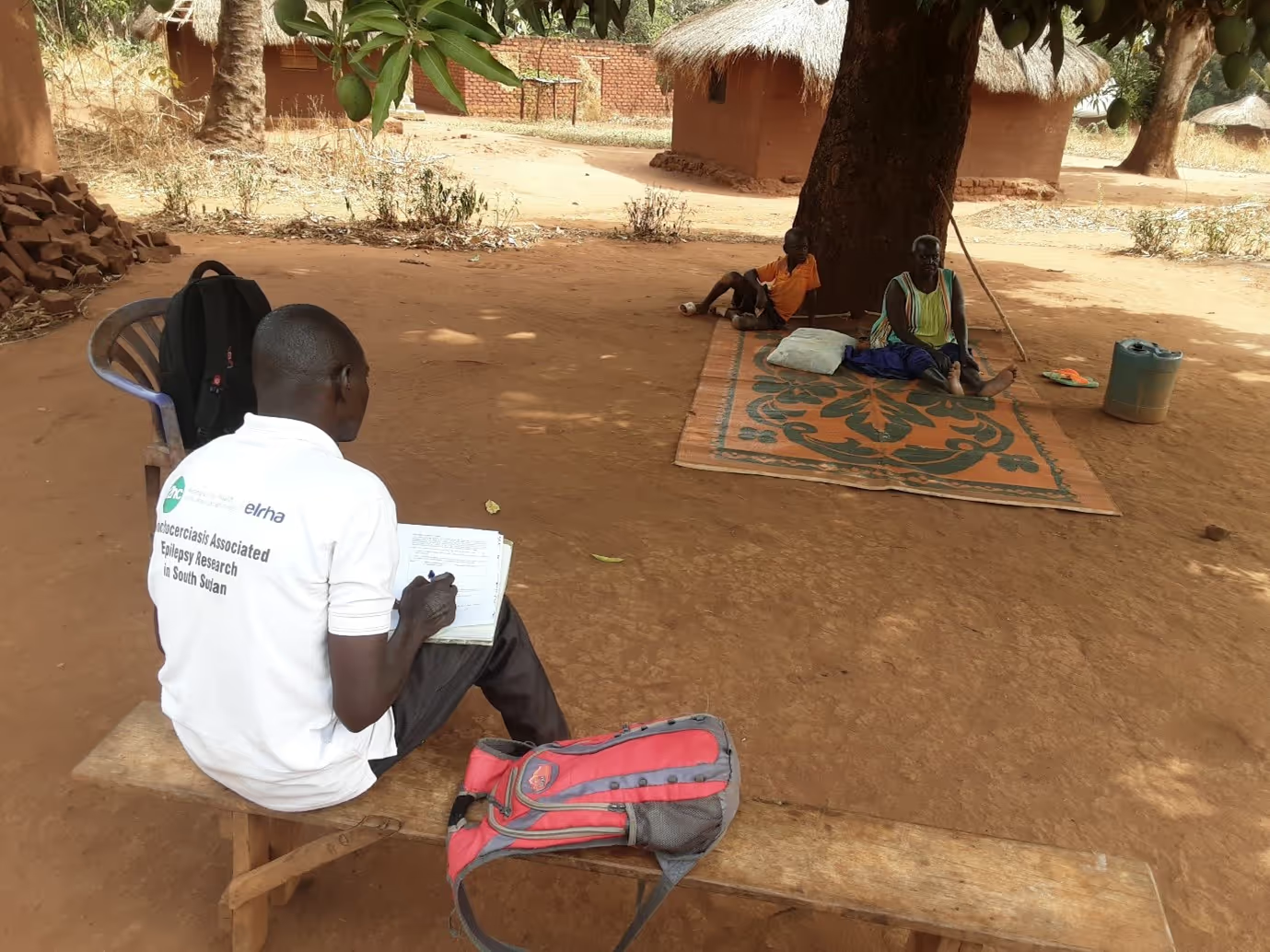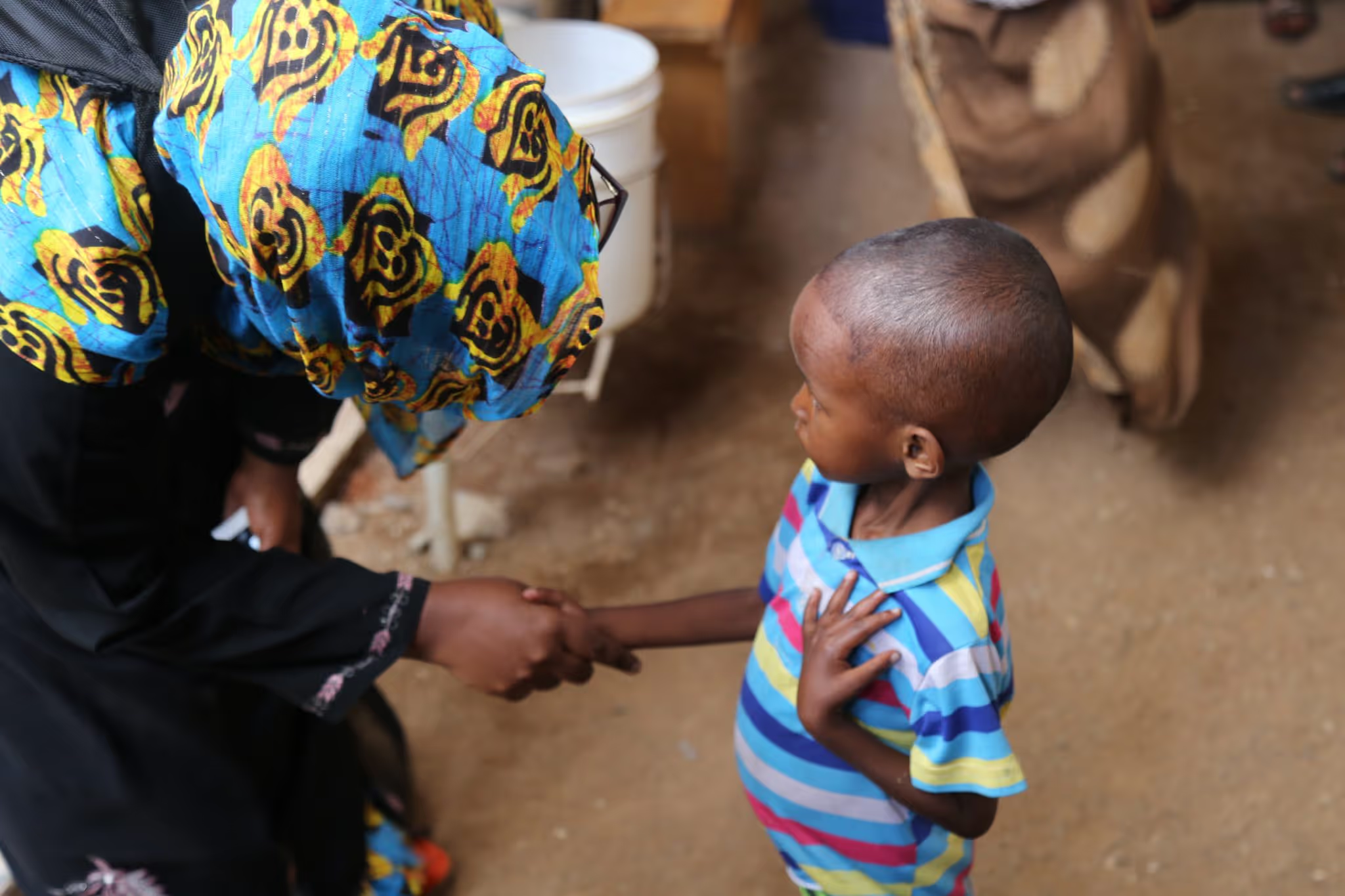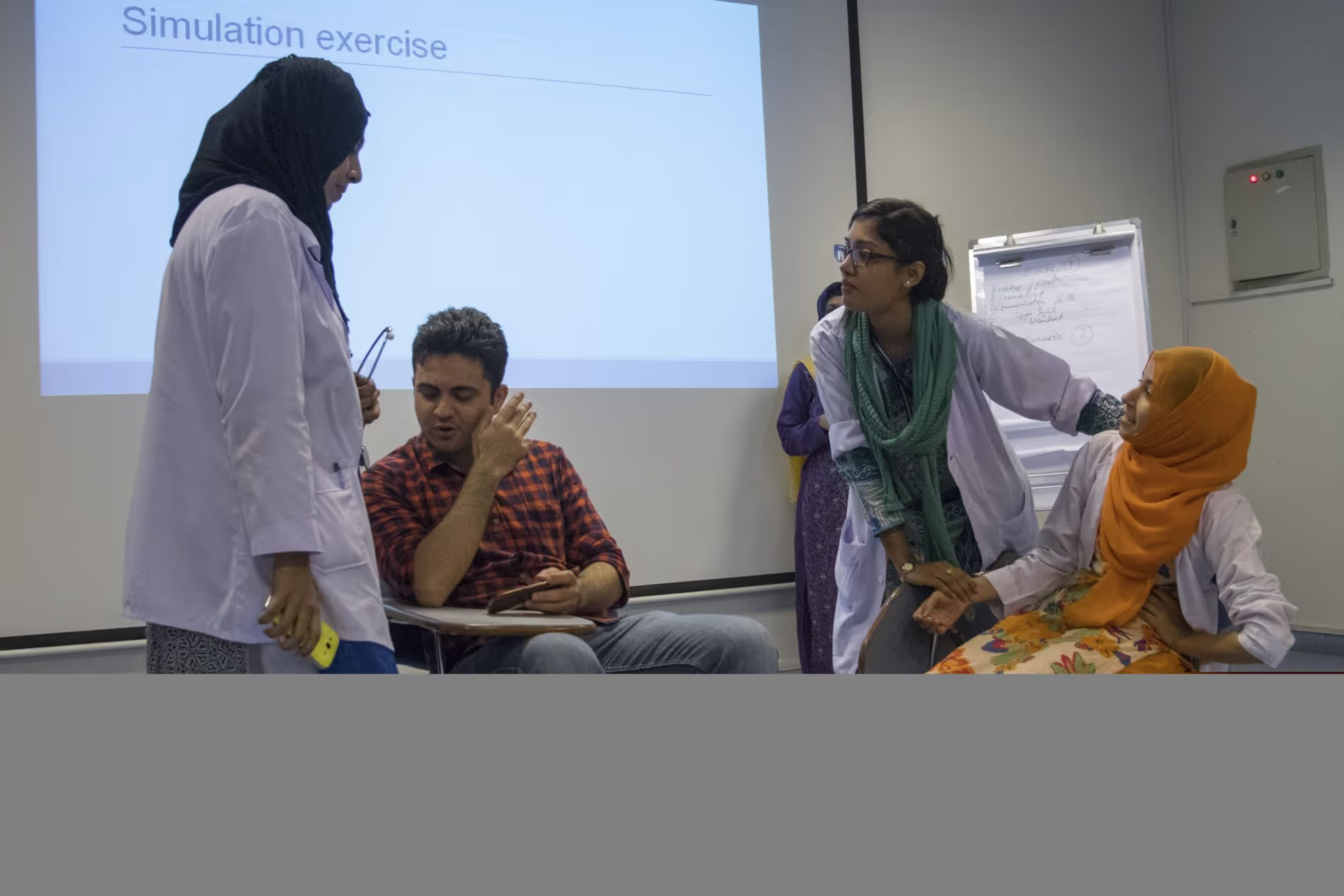Investigation of HEV Transmission Dynamics and Epidemic Evolution to Improve Outbreak Control Efforts Among Emergency Affected Population
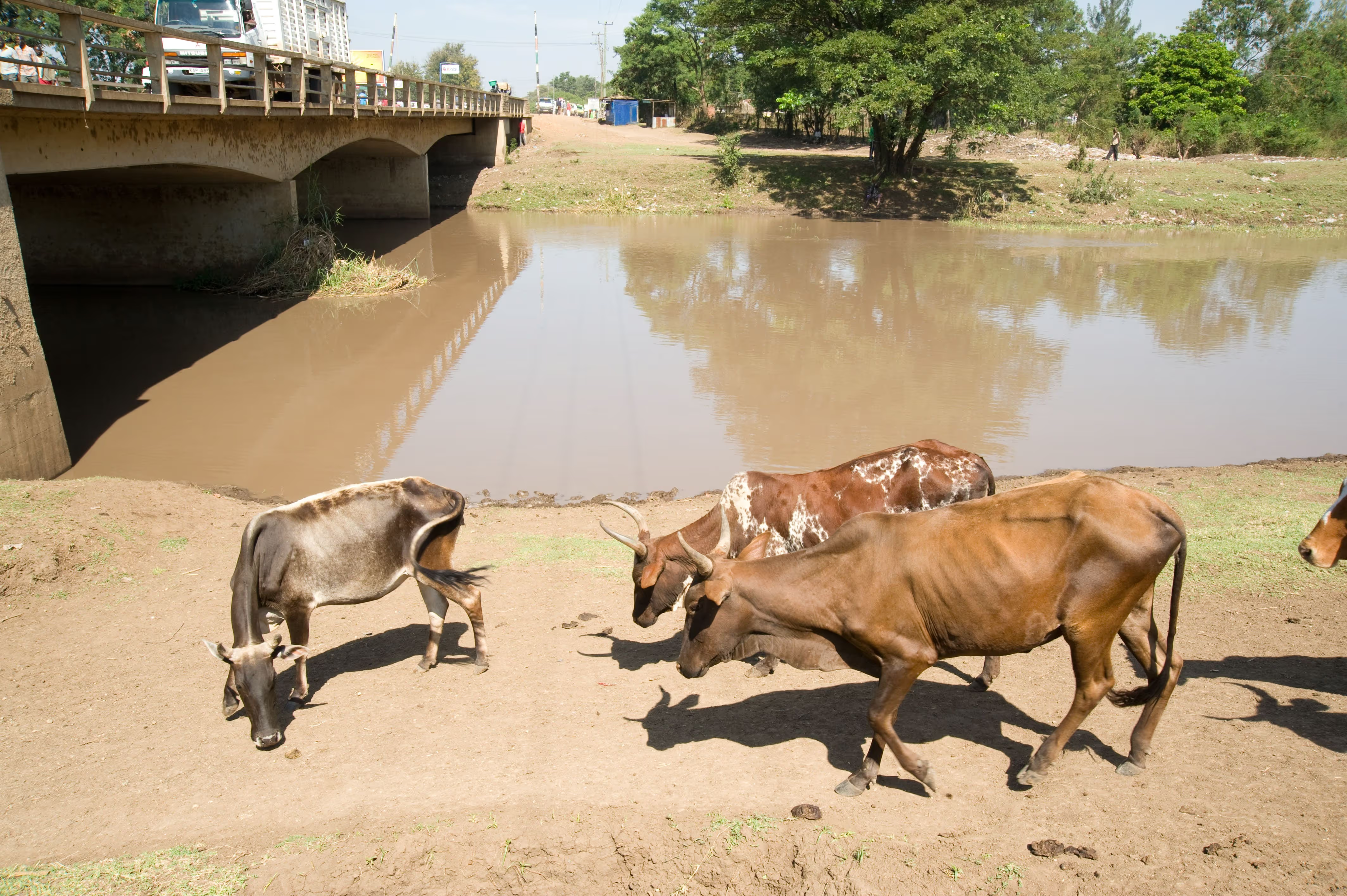
Project overview
This study aimed to determine primary routes of hepatitis E virus (HEV) transmission and spread through epidemiologic and environmental investigations during an HEV outbreak among emergency affected persons, including pregnant women.
Project solution
This project offers [specific solution or intervention] to tackle [challenge]. By implementing [strategies, tools, or innovations], the project aims to achieve [desired outcomes]. The approach is designed to [specific actions or methods] to bring about meaningful change in [community, region, or issue area].
Expected outcomes
This project aims to achieve [specific outcomes], such as [measurable results, improvements, or changes]. The expected impact includes [benefits to the target community, advancements in research or innovation, or long-term effects]. By the end of the project, we anticipate [specific changes or milestones] that will contribute to [broader goals or objectives].
Principal Investigator: Thomas Handzel, CDC Foundation
PURPOSE:
This study aimed to determine primary routes of hepatitis E virus (HEV) transmission and spread through epidemiologic and environmental investigations during an HEV outbreak among emergency affected persons, including pregnant women. The research also sought to determine the effectiveness of chlorine disinfection to inactivate HEV. The study was due to be undertaken as a rapid trigger grant in response to an outbreak in a to-be-determined crowded refugee/IDP camp setting.
OUTCOMES:
The grant was unable to be triggered, since an HEV outbreak did not occur in a suitable camp setting within the extended trigger window period. Some laboratory-based work was undertaken to develop cell cultures and to test disinfection strategies. These studies have encountered challenges in producing the required cell cultures, although CDC is continuing these efforts using their own funds. CDC is also investigating a non-humanitarian HEV outbreak in peri-urban settlements in Namibia, which have similar environmental conditions to camp settings. It is hoped this work may provide insights on transmission which can be applied to emergency contexts
NEXT STEPS:
- CDC is undertaking research on HEV transmission within a non-camp setting (peri-urban settlements in Namibia), which they anticipate will inform HEV responses in emergency settings.
- CDC is undertaking laboratory studies on disinfection strategies to inactivate HEV.
;
Project delivery & updates
Stay up to date with the latest developments from this project. Here, you will find details on what has been delivered, resources created, and regular updates as the project progresses. Access key documents, reports, and other materials to see how the project is making an impact.
